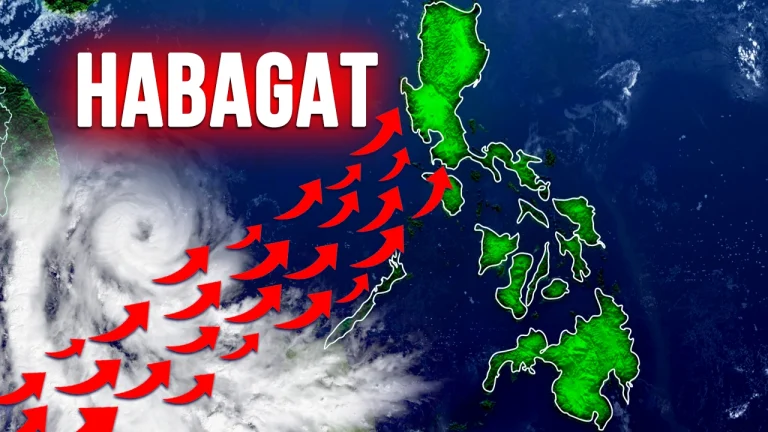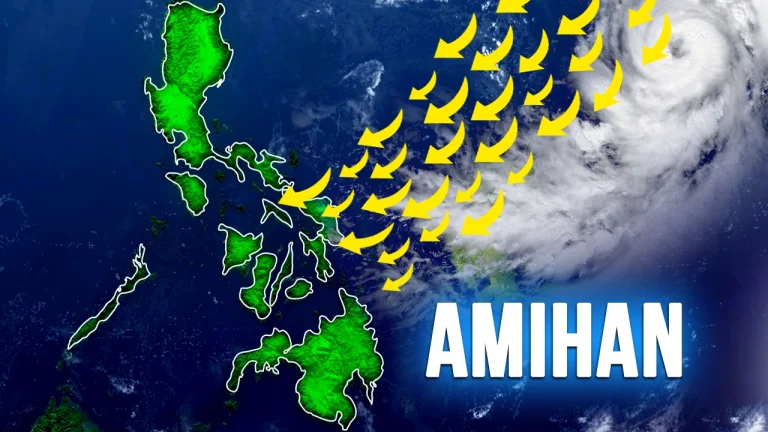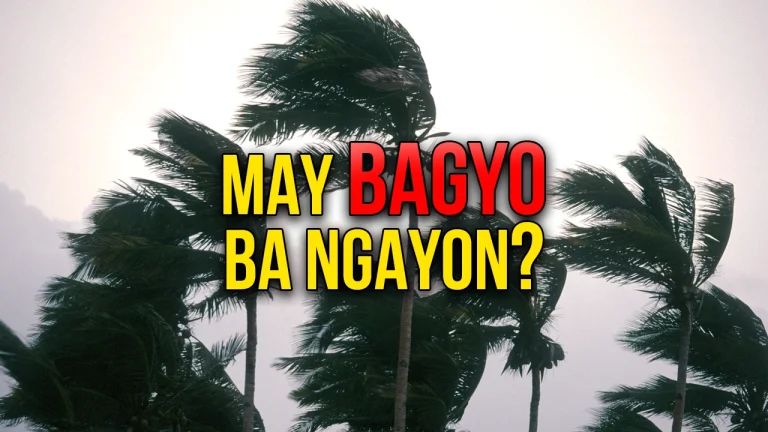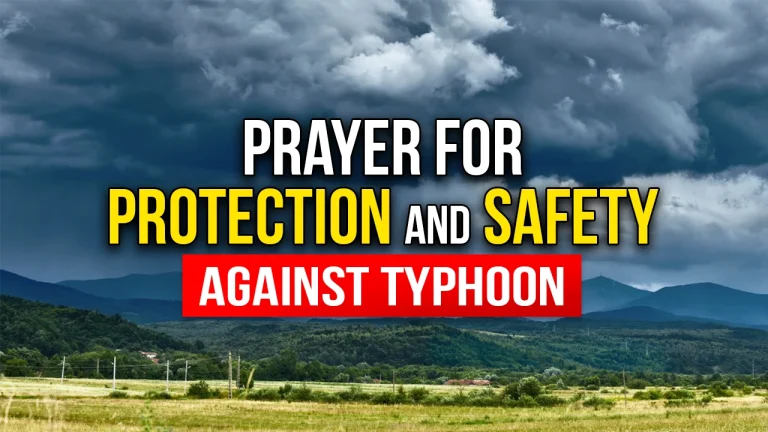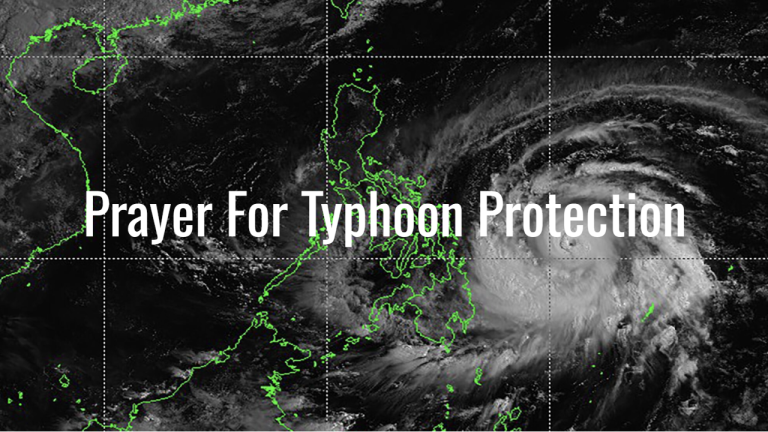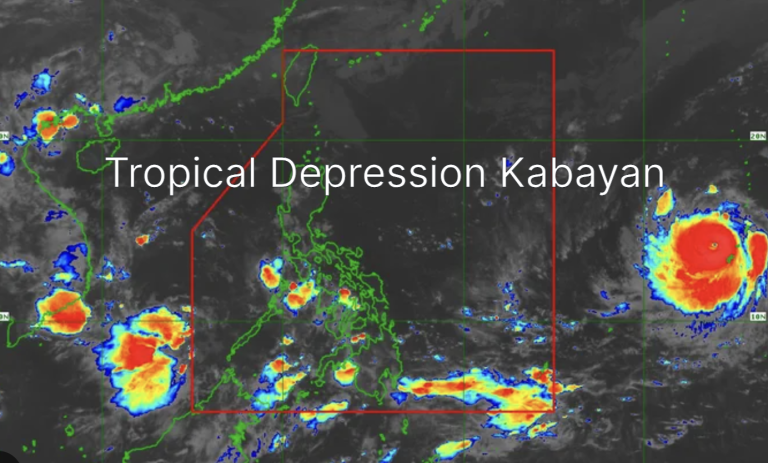The term ‘Habagat‘ resonates deeply in the Philippines, signifying the onset of the southwest monsoon season. Characterized by heavy rainfall and strong winds, Habagat plays a pivotal role in shaping the country’s climate, agriculture, and daily life.
This article explores the multifaceted nature of Habagat, and shedding light on its meteorological, cultural, and practical impacts.
You may also watch this video that explains the difference between Amihan and Habagat.
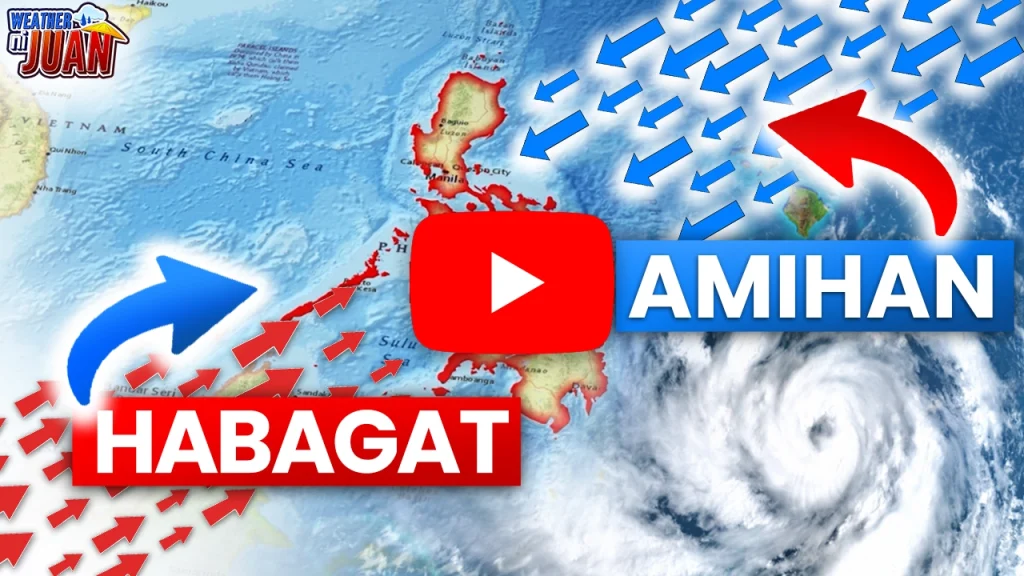
What Does Habagat Mean?
Habagat meaning, refers to the southwest monsoon prevalent in the Philippines. It is characterized by moist, warm winds coming from the southwest, bringing significant rainfall and marking a distinct season in the country’s tropical climate.
What is Habagat Season in the Philippines?
The Habagat season typically spans from June to September. During these months, the southwest monsoon causes heavy rains and thunderstorms, particularly affecting the western parts of the Philippines.
This season is crucial for agriculture but also poses challenges such as flooding and landslides.
What Month is Habagat?
Habagat typically occurs from June to September, aligning with the Philippine rainy season. The exact onset and duration can vary slightly each year, influenced by broader climatic conditions.
Is Habagat Wet or Dry?
Habagat is associated with the wet season in the Philippines. It brings about increased rainfall, contrasting with the dry season or ‘Amihan,’ which is characterized by cooler, northeast winds.
The Science of Habagat
Habagat, or the southwest monsoon, is a seasonal wind pattern that brings moist, warm air from the Indian Ocean to the Philippines. Typically occurring from June to September, it is marked by increased rainfall, especially in the western parts of the country.
This monsoon is crucial for replenishing water resources and supporting agriculture, but it also poses challenges such as floods and landslides.
For a detailed scientific explanation, visit Wikipedia.
What is Southwest Monsoon Habagat?
The southwest monsoon, known locally as ‘Habagat,’ is a seasonal wind pattern caused by the shifting of global wind systems. During Habagat, the dominant wind flow in the Philippines comes from the southwest, bringing moist air from the Indian Ocean, resulting in heavy rainfall and humid conditions.
What is the Hanging Habagat?
‘Hanging Habagat’ is another term for the southwest monsoon. ‘Hanging’ translates to ‘wind’ in Filipino, so ‘Hanging Habagat’ essentially refers to the winds of the southwest monsoon. It signifies the persistent and often heavy rains that this monsoon brings.
Cultural and Historical Impact
Beyond its meteorological significance, Habagat holds a profound place in Filipino culture and history. It influences various aspects of life, from farming practices to folklore. The anticipation and adaptation to the Habagat season reflect the resilience and resourcefulness of the Filipino people.
What is Habagat in Filipino?
In Filipino, ‘Habagat’ is more than just a meteorological term; it’s a part of the cultural lexicon, symbolizing the season of rains and the challenges and blessings it brings.
It’s a time for resilience and adaptation, deeply ingrained in the Filipino way of life.
Why is it Called Habagat?
The term ‘Habagat’ is derived from the local language, reflecting the direction of the winds (from the southwest) that characterize this monsoon season. It’s a term that has been used for generations to describe this significant weather phenomenon.
Preparing for Habagat
Dealing with the Habagat season requires preparation and awareness.
Key tips include:
- Staying updated with weather forecasts.
- Reinforcing homes against strong winds and heavy rains.
- Preparing emergency kits and evacuation plans. For more practical tips on preparing for the monsoon season, check out May Bagyo Ba Ngayon.
The bottom line is, understanding Habagat is essential for anyone living in or visiting the Philippines. It’s a phenomenon that brings both life-giving rains and challenging weather conditions, reflecting the dynamic interplay between nature and human resilience.
Stay informed about the latest weather conditions and updates by subscribing to the “Weather Ni Juan” channel here.
Be prepared and stay safe during the Habagat season.

Check the “Weather Ni Juan” channel and see if the videos will help you keep updated on the daily weather forecast in the Philippines.

